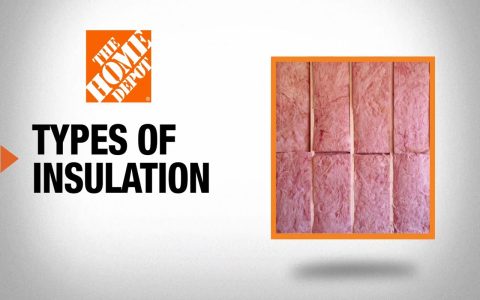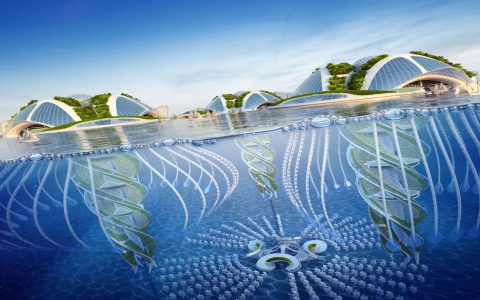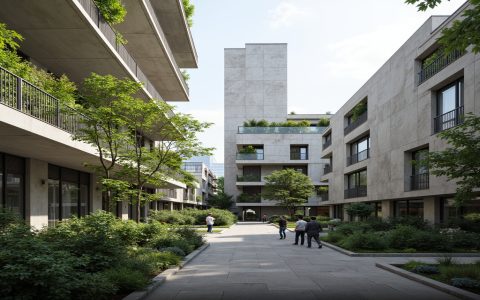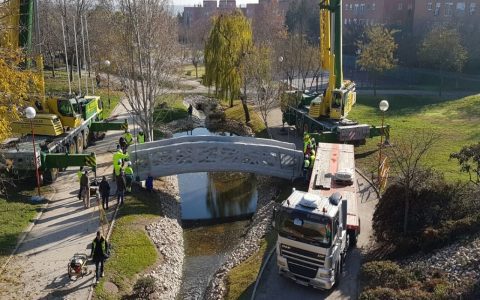Selecting the appropriate cooling project requires understanding key differences between systems. Consider climate, building type, energy costs, and budget.
Centralized Air Conditioning (Vapor Compression)
- Best For: Larger buildings (commercial, multi-family residential), regions with predictable high cooling demand.
- Advantages: Powerful cooling capacity, consistent temperature control throughout large spaces.
- Considerations: High installation cost (ductwork/chilled water system), substantial electricity consumption, requires dedicated plant room.
High-Efficiency Ductless Mini-Splits
- Best For: Single rooms, additions, retrofits (no ducts), homes, moderate climates.
- Advantages: Very high energy efficiency (inverter tech), flexible zoning (cool specific areas), relatively easy installation.
- Considerations: Multiple indoor units needed for whole-house cooling, requires outdoor wall space per unit.
Geothermal Heat Pump Systems
- Best For: Areas with significant heating & cooling needs, land availability, projects prioritizing long-term savings/sustainability.
- Advantages: Exceptional efficiency (uses stable ground temps), lowest operating costs long-term, provides both heating and cooling.
- Considerations: Very high upfront cost (ground loop drilling/installation), requires suitable geology/land space.
Evaporative Coolers (Swamp Coolers)
- Best For: Dry, arid climates exclusively (low humidity is critical).
- Advantages: Very low operating cost (uses water and minimal electricity), simple technology.
- Considerations: Significantly increases indoor humidity, ineffective in humid climates, requires ample ventilation.
Thermal Energy Storage Systems (TES)
- Best For: Large facilities facing high peak energy rates, regions favoring off-peak cooling.
- Advantages: Shifts cooling load to off-peak hours, reduces peak demand charges, enhances chiller efficiency.
- Considerations: Complex integration, high initial investment, requires significant space (thermal tanks).
Final Selection Guide: Prioritize ductless mini-splits for targeted cooling or moderate needs where ducts are impractical. Choose centralized AC for large, demanding spaces with existing infrastructure. Invest in geothermal for long-term, sustainable heating/cooling where feasible. Only deploy evaporative cooling in arid regions. Consider TES for large facilities managing high demand costs.







